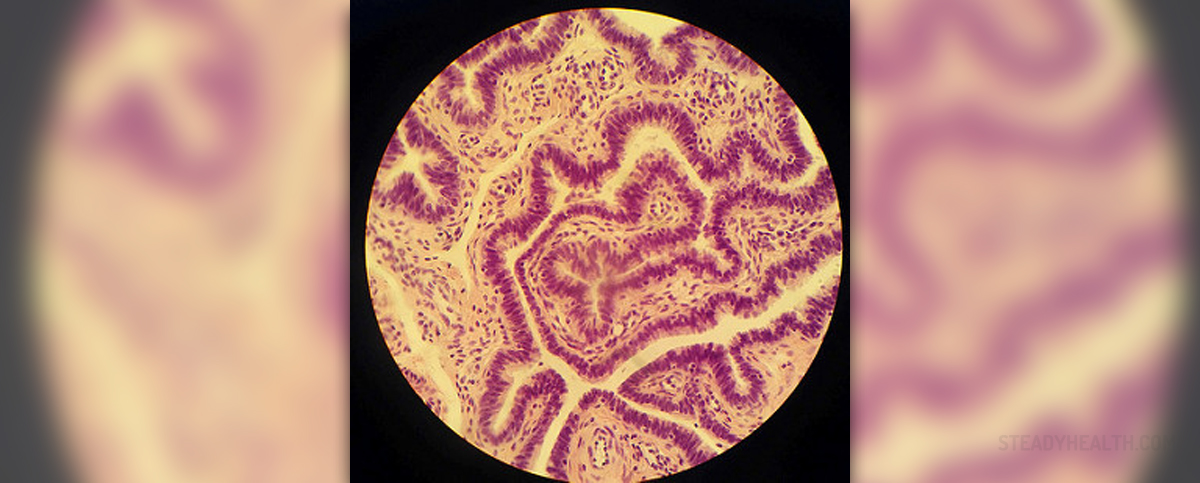Blocked fallopian tubes are a common fertility problem, because the blockage means sperm can't pass through toward the egg, and fertilize it. Some of the causes of blocked fallopian tubes are scaring, infections, injury or other damage. Besides problems getting pregnant, blocked fallopian tubes also carry the risk of ectopic pregnancy and sometimes pain. What can be done to
treat blocked fallopian tubes?
Tubal reanastomosis. This is a procedure that can be carried out either through a surgical incision in the abdomen, or laparascopically. The damaged part of the fallopian tube (as a result of Pelvic Inflammatory Disease, for instance) is removed and the healthy parts of the tube are then reconnected. A Tubal reanastomosis is also the method used to reverse a tubal ligation.
Salpingostomy. This procedure can be carried out where fluid in the fallopian tubes is the reason behind your blockage. It creates an opening, allowing sperm and egg to unite if you are trying to get pregnant. This procedure carries the risk that your fallopian tubes will be blocked again in the future.
Selective tubal cannulation. If your blockage is near the uterus, a small tube (catheter) can be inserted there to create a permanent opening.
Fimbrioplasty. Small amounts of scar tissue may be removed, and any damaged part of the wall of the fallopian tube rebuilt. If these options are not successful or suitable for you, your doctor may recommend the complete removal of the fallopian tube that is damaged. This is called a
Salpingectomy. While the removal of both tubes obviously prevents natural pregnancy, this procedure does increase your IVF success chances if your
fallopian tubes had a build up of fluid.




Your thoughts on this
Loading...